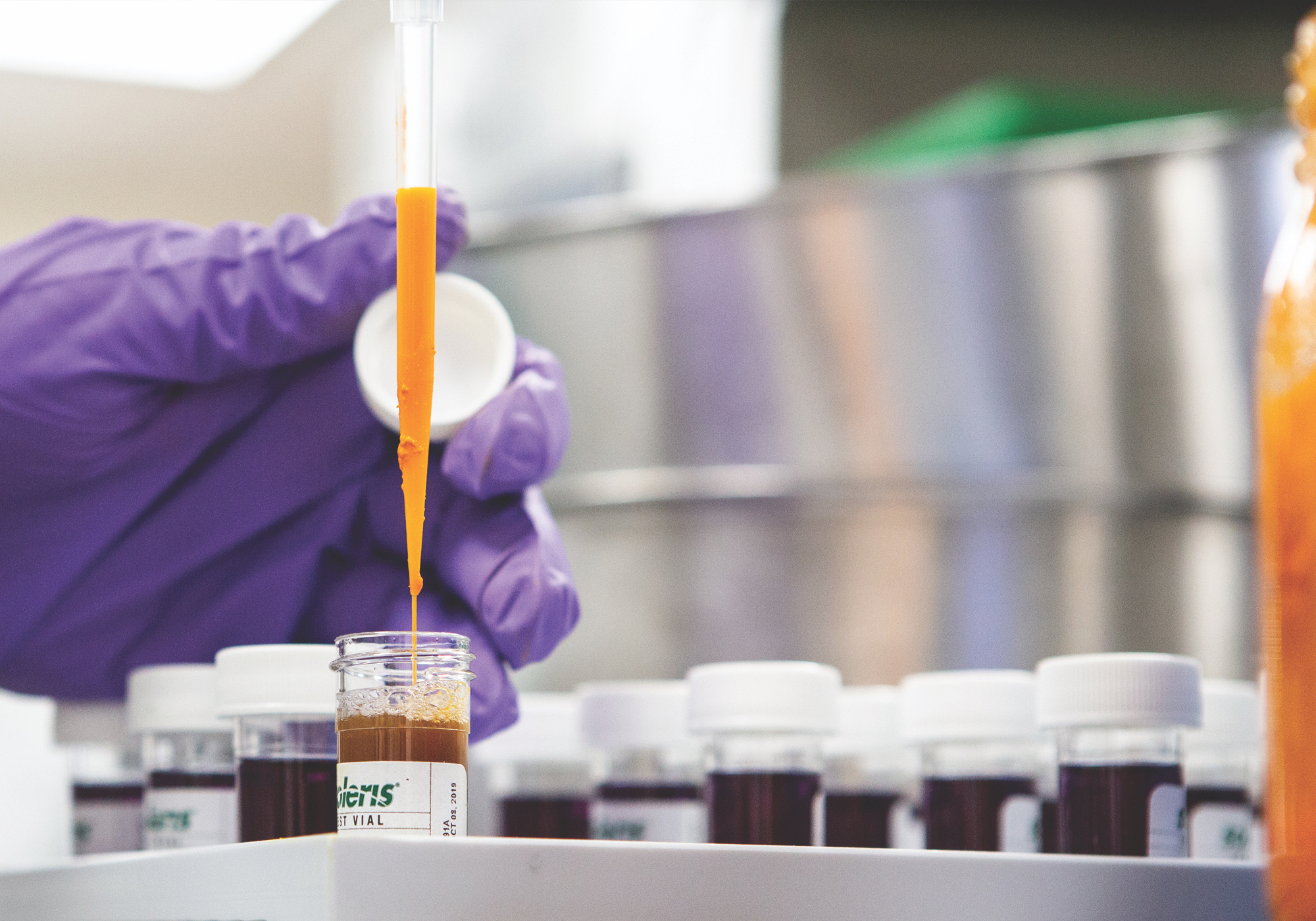Constituents:
- Triterpene Saponins: Ginsenosides (Rb1)
- Polysaccharide glycans (quinquefolan A, B, and C)
Medicinal Actions:
- Adaptogen
- Alterative
- Antioxidant
- Bitter
- Hypoglycemic
- Immunomodulator
- Reproductive Tonic
Traditional Use:
- Is native to the eastern United States & Canada and has a long history of use by Native peoples medicine for shortness of breath, coughing, digestive upset, headaches, convulsions, fatigue, female reproductive problems and general weakness.
- The Eclectic physicians used as a bitter digestive tonic to enhance digestion and the absorption of nutrients.
- TCM views North American Ginseng as a cooling/calming or yin tonic, useful for treating acute stress-related conditions, whereas Panax ginseng is regarded as a more heating or yang tonic which should be avoided in cases of acute stress. It function to replenish Qi, promote body fluids nourish yin & clear heat. Is often considered an aphrodisiac and reproductive tonic to increase energy and libido.
Evidence Based Use:
- An endocrine tonic and adaptogen that is indicated in stress/anxiety or fatigue to increase physiological resistance to stressors (mental, physical & emotional) and to enhance immunity, physical & cognitive performance.
- Shown to improve neurocognitive function including memory, reaction time, and “calmness”.
- Positively affects the HPA axis and can help reduce elevated cortisol and improve sleep.
- Especially useful in cancer-related fatigue and to stimulate convalescence, rehabilitation, stamina and strength when recovering from illness.
- Can reduce negative impacts from excessive free radical production, and may be useful in non-insulin-dependant diabetes, cardiovascular disease, infertility, frequent colds & infections.
- For the treatment & prevention of respiratory infections. Can be helpful in allergies and allergic asthma as well as immune deficiency and autoimmunity.
- Extracts have been shown to act as modulator of both innate and adaptive immunity and reduce the incidence of acute URTIs in adults and the elderly.
- Has been shown to help control metabolic syndrome (hyperinsulinemia) as well as type two diabetes.
- Helps alleviate symptoms of menopause.
Mechanism of Action + Pharmacology:
- Triterpenoid saponins, ginsenosides (Rb1, Rb2, Rc, Rd, Re, Rg1) are considered the active compounds. Ginsenoside Rb1 appears to have more sedative, tranquilizing, and hypotensive effects and is generally more abundant in quinquefolium (compared to Rg1 which is higher in Panax Ginseng).
- Ginsenosides are thought to inhibit cyclic AMP phosphodiesterase and affect cortical steroid secretion which may explain psychoactive effects.
- Polysaccharides have demonstrated immune modulating effects, acting through toll-like receptors on the surfaces of these immune cells and leading to increased numbers and function of cells within both the innate and adaptive immune systems.
- Extracts have been demonstrated to interact with ligand-bindings of GABA(A) receptors, and the modulation of the brainstem GABAergic mechanism.
- May up-regulate insulin and non-insulin-stimulated glucose transport and peroxisome proliferator-activated receptors (PPAR), a type of receptor involved with the regulation of fatty acid storage and glucose metabolism.
Safety + Toxicity Concerns:
- Use caution in hypertension.
- Similar to those for Panax ginseng may apply, including acute illness and cardiovascular disease.
- Avoid in pregnancy & lactation due to unknown effects.
Interactions:
- Phenelzine (MAOIs) & Warfarin (potential additive effects).
Notes: Intestinal microbiota may play an important role in mediating bioactivity. Ginsenosides must be converted by intestinal bacteria to become pharmacologically active.





